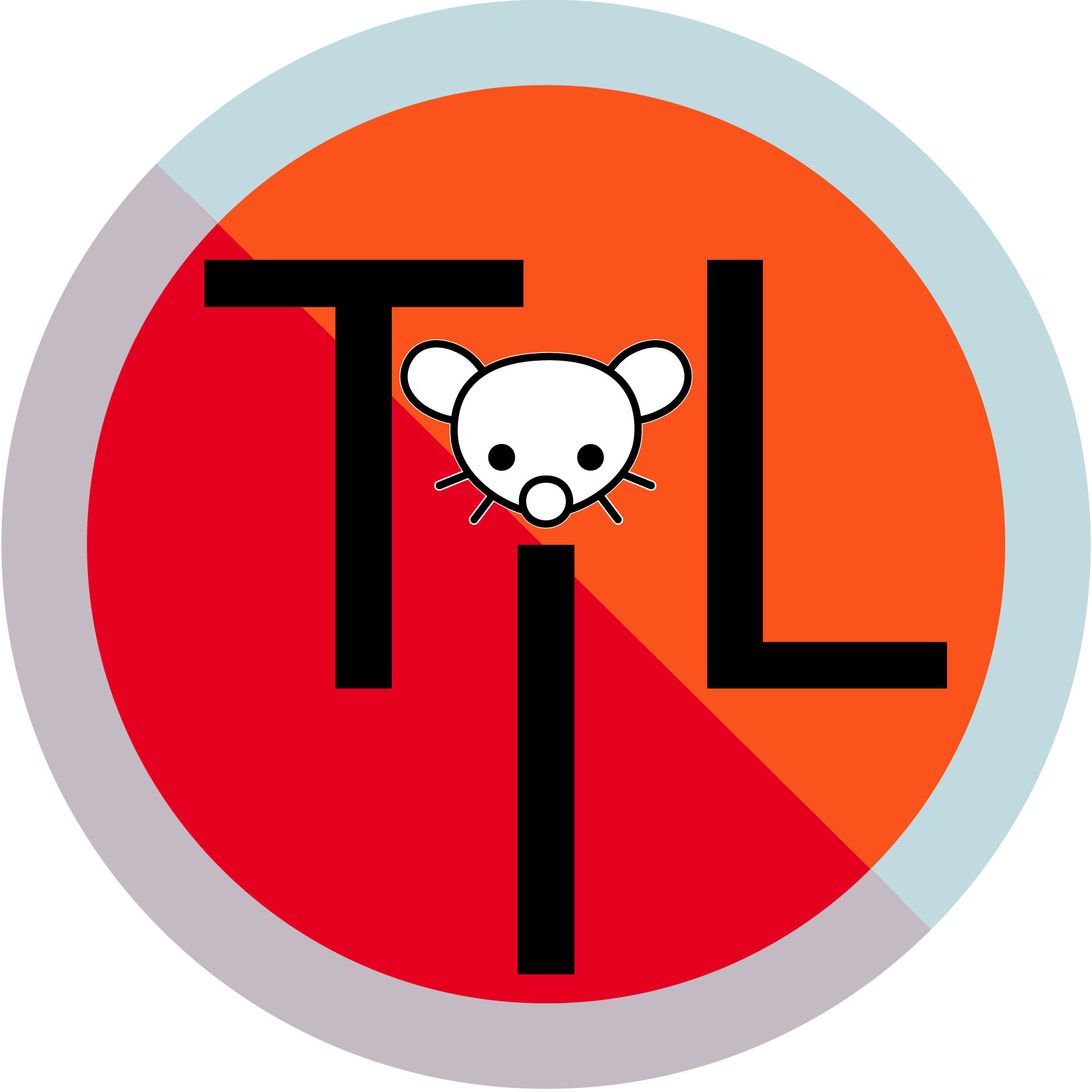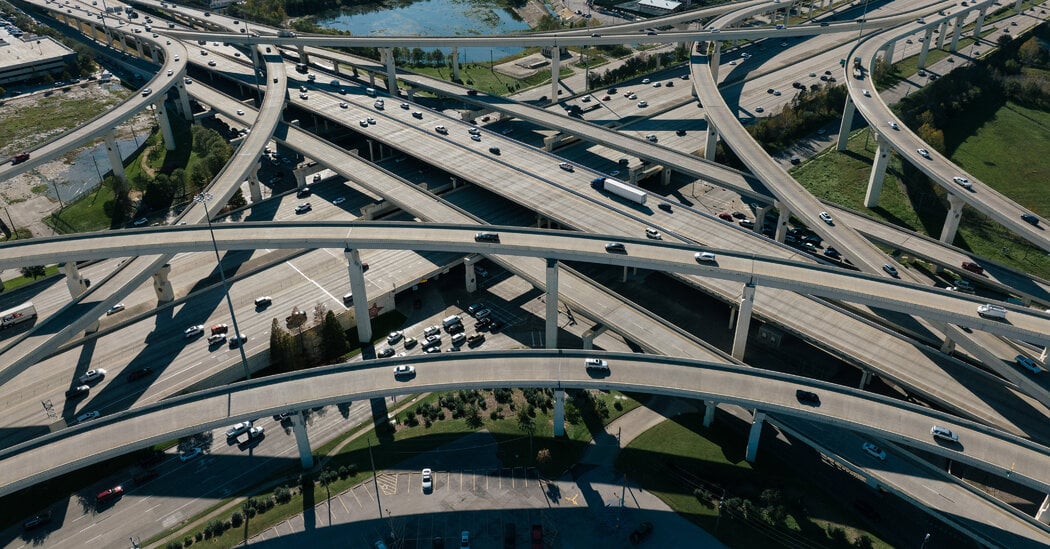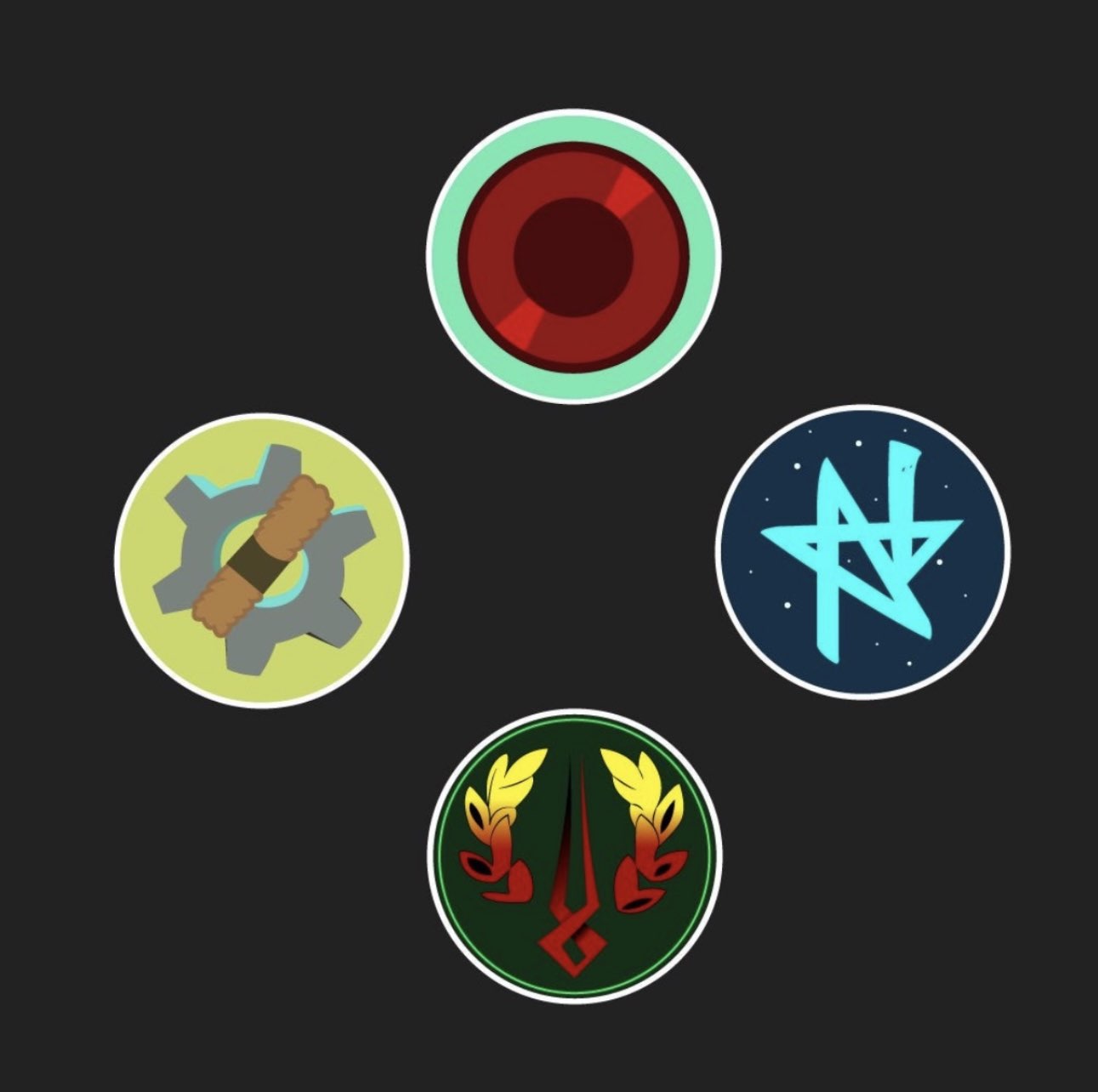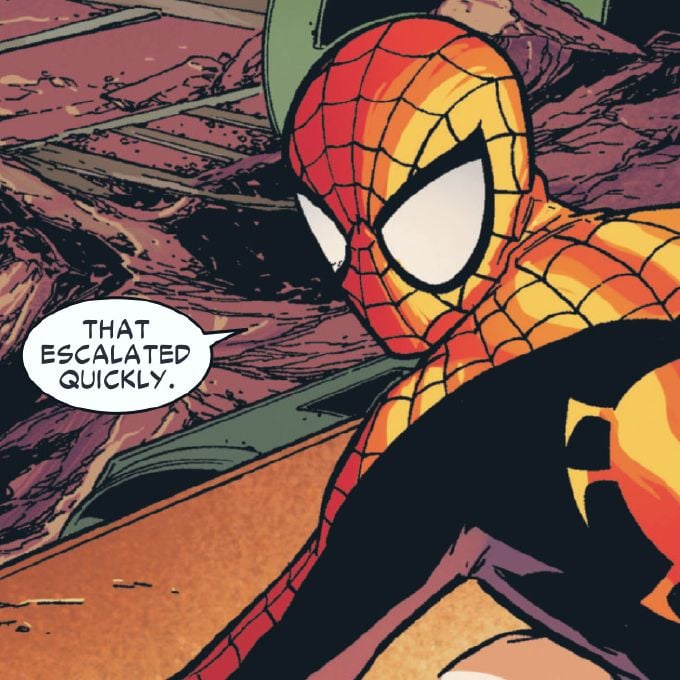- cross-posted to:
- fuckcars@lemmy.world
- cross-posted to:
- fuckcars@lemmy.world
For critics of widening projects, the prime example of induced demand is the Katy Freeway in Houston, one of the widest highways in the world with 26 lanes.
Immediately after Katy’s last expansion, in 2008, the project was hailed as a success. But within five years, peak hour travel times on the freeway were longer than before the expansion.
Matt Turner, an economics professor at Brown University and co-author of the 2009 study on congestion, said adding lanes is a fine solution if the goal is to get more cars on the road. But most highway expansion projects, including those in progress in Texas, cite reducing traffic as a primary goal.
“If you keep adding lanes because you want to reduce traffic congestion, you have to be really determined not to learn from history,” Dr. Turner said.
Just one more lane bro, I swear it’ll fix traffic. Just one more lane.
Just a little more trickle down bro, I promise once we privatize the next utility it will all work.
Lol. One thing I just thought of. Ignoring the extremely obvious fact that trickle down economics is something you tell stupid people to be okay with getting the shaft… can we name one time in history (golden shower jokes aside) where something trickling onto you is a good thing? The word carries questionable connotations. I don’t want anything trickling onto me…
snorts asphalt
Underrated comment of the day 🤣
The intended purpose isn’t to fix traffic. It’s supposed to allow more volume of cars through per day. Entirely different things.
I’m not suggesting that’s a good thing.
deleted by creator
Eventually there’s gotta be diminishing returns too given that every lane makes it a little harder to drive on. Can’t imagine the idiots swerving over 13 lanes of traffic because they didn’t realize they had to get off until the last minute
T R A I N S
Here is an alternative Piped link(s): https://piped.video/0dKrUE_O0VE
Piped is a privacy-respecting open-source alternative frontend to YouTube.
I’m open-source, check me out at GitHub.
For anyone wondering what that looks like-
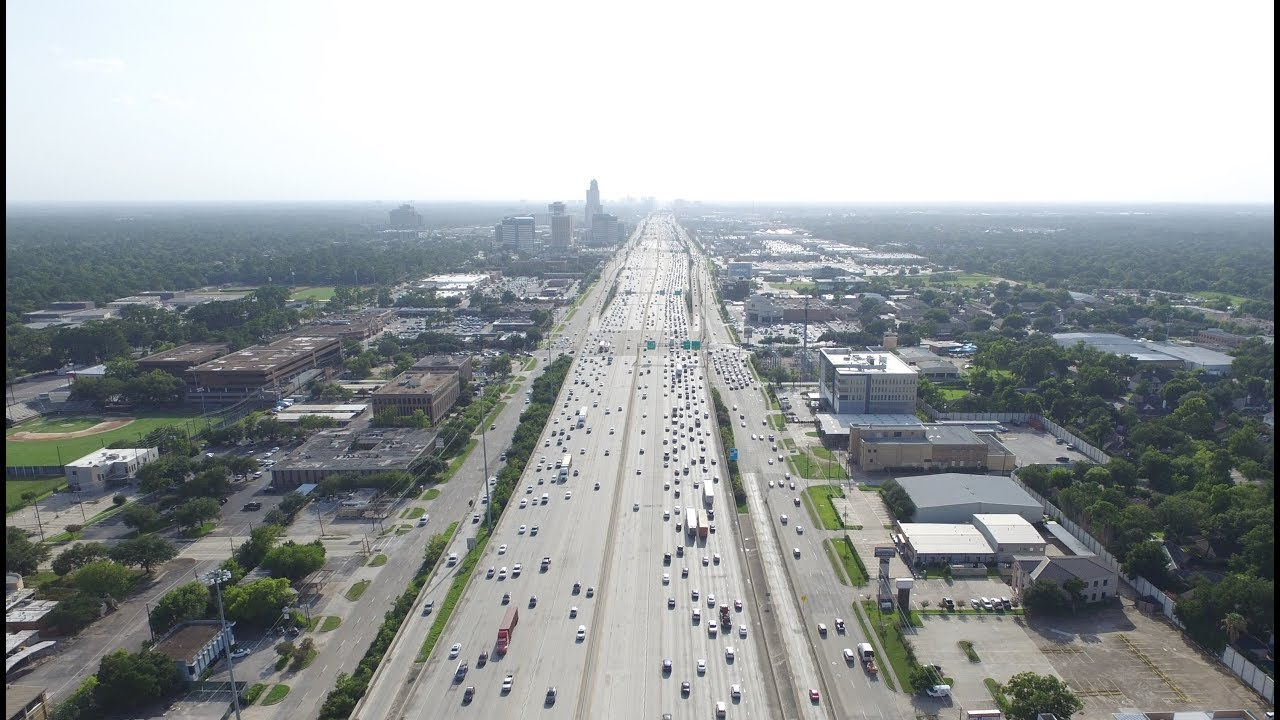
Absolute insanity.
Hey this looks just like my failed Cities Skylines build!
Where are the bridges? How do you walk from one side to the other?
Oh yeah, right, of course. But how do you even drive from one side to the other?
You don’t really… You exit and follow the service road until you find a way to get across, usually by going under.
I hate driving in Texas because this kind of shit is everywhere. Middle of nowhere and want to get to the rest area ahead? Exit and follow the service road for a mile.
I feel like Texas intentionally did that so that everything seems large af. If the exit road is long af then it must make you feel like the place is large when in reality it is just inefficient spaghetti
It’s not an exit road. The service road is a parallel road to a highway that contains all the turns with occasional on/off ramps into the highway. It’s actually a pretty efficient design, as it reduces the amount of on/off ramps needed. Similar design style is local vs express lanes in some highways.
Tl;dr less ramps = less slowdowns
Walk? In Houston? Nope.
I have no idea. I’ve never driven on it. I was just searching around and was mortified.
The fools, if they had made in 27 lanes they would have been fine!
27 is an odd number, do I assume the center lane switches direction for rush hour. That’s sure to fix it.
27 lanes in each direction.
And yet we hear the argument that when it comes to cycle lanes the opposite is true, the more you add the less they are used.
The highway has greater capacity, and that’s a good thing. The congestion would be far worse if it hasn’t been widened, and the increased capacity helps the local economy.
This is an article also about Houston’s freeways and traffic; induced demand is the reason congestion is not lessened in these situations:
The infuriating bit is that the evidence is pretty clear: these are deeply misguided policies. While it seems intuitive that the solution to three lanes of gridlock is to spread the same number of cars over four lanes, it fails because of a phenomenon called induced demand.
Please stop adding more lanes to busy highways—it doesn’t help
This is explored extensively in the book ‘Traffic: Why We Drive the Way We Do (and What It Says About Us)’ by Tom Vanderbilt. I highly recommend it; it’s excellent and very informative about this widely misunderstood topic.
Getting more cars off the road using things like better public transportation is the answer here, something that is sadly lacking in Houston…yet they keep widening roads. It never helps, and it never will.
By definition, if the road has more capacity, it is helping. It just isn’t helping enough to eliminate traffic. Unless you’re claiming that the larger freeways have the same capacity as the smaller ones, which doesn’t really make sense.
I think you’re intentionally missing the point, so I’m gonna go about my day now. But feel free to check out either of the sources I linked if you want to learn why bigger roads don’t reduce congestion. :)
Yeah, you didn’t read what I wrote, you just chose to be an arrogant ass. Fucking hell, you people are dickheads.
It’s insane how little self awareness you have. They politely correct you and provide information to confirm it and you get pissy and call them a dickhead.
Look in the mirror you dense loser.
That’s what makes sense intuitively, but adding lanes doesn’t solve congestion. Investing in more mass transit and improving walkability through more thoughtful zoning would be a better place to start.
No, I’m sorry, but the reason congestion persists is induced demand. That with a wide open highway, more people use the highway until congestion returns. This means that more people are able to use the highway at the end of the day. Invest in mass transit and walkability, absolutely, but without appropriate transportation infrastructure problems will appear.
Yeah I mean you’re kind of just re-framing point. Yes the mega highway has the ability to move more cars, but still the end result after 5 years is it’s actually taking longer to move cars than before (at peak travel time). So what if it’s due to induced demand, we just want to solve the problem of getting people from point A to B, and adding more lanes is a very inefficient transportation method. It’s a massive waste of resources when moving around in a car is so costly compared to public transit.
Which is why you do both. There’s lots of reasons people sometimes don’t use public transit. Refusing to modernize highway infrastructure will kill local industry and punish people whose commutes are inevitably not adequately covered by public transit because they fall outside the planning of the planners.
What does modernizing highway infrastructure even mean? I don’t think you could call adding more lanes “modernizing” if you’re being serious. That’s been the blind answer for years but adding more lanes does not solve congestion/demand/whatever you want to call it. It’s not an efficient way to solve the transportation problem. You spend a ton of resources (punishing people bulldozing neighborhoods or with noise pollution, destroying nature, etc) and you still have the same ultimate problem you did before you started, people traveling slowly in a pollution emitting vehicle. So doing both is not even the point when one side of the equation (adding lanes) is a very poor solution. Focus on better solutions like public transportation reaching more people.
I see better where we disagree now.
I would contend that allowing sprawl to get bad enough that you can even contemplate 26 lanes is the real “refusing to modernize”.
I would contend that while promoting densification is wise, allowing people to live where they want us also wise.
As long as we’re talking about allowing and not “privileging”. When we allow auto industry political interests to sway spending, that’s what usually happens. Moving away from that and toward density is usually fairer than it feels (as equality often does feel unfair to the privileged).
We have a lot to untangle politically and economically. A lot of infrastructure is too utilized for direct profit rather than societal good. Some US states even have privatized DMVs.
deleted by creator
Weirdly aggressive way to agree with everything I was trying to say, thanks.
I think adding lanes helps up to a point but after that just creates more problems. Here are a couple problems with adding lanes:
-
It assumes that everyone drives efficiently. For example, that everyone knows exactly where they’re going and if they’re in the left lane to go fast that they start migrating over to the right lane well in advance of their exit. But this is not true and instead causes people to panic swerve across 10 lanes while slowing down in order to get to their exit. Anyone who has been driving for a few years has seen this happen. Multiply this problem by the number of idiots on the road, and again by the number of exits. And having more lanes makes this a bigger problem because it has a higher capacity for more of these idiots to exist, and more “obstacle” lanes between them and their goal (not to mention more victims in those right lanes).
-
If you don’t expand the lanes across all the exits from this super highway, traffic will still back up because the traffic cannot smoothly flow out to the rest of the city where people are trying to go. This backs up traffic on the highway itself. It’s like having a clogged artery. And expanding those roads is not always an option if it’s already in a heavily developed part of a city. If there’s no room due to buildings, you simply cannot add lanes.
In addition to the zoning and walkability suggestion someone else made, I would propose that more alternate routes (even if not as direct a route) can help offload traffic especially at peak times, and is a much more feasible solution in the short term for our country that is built around private vehicle transportation. This is also an effective solution if you add tolls to one of those routes and increase the speed limit. It has the side benefit of funding other city projects, and acts as a sort of tax for people who want to go fast. The lazy implementation of this that I’ve seen in some places (including in Texas) is to add toll express lanes on the same highway. I see this as mostly a money grab but does not help much, if at all, with congestion. It’s more like a streaming service raising their subscription costs just because they can.
-
You’re wrong though.
I’m really not
Just think about this for a minute dude.
Who are people going to belive, civil engineers and planning strategists that research this topic for a living and have done for decades, or some random on lemmy?
Why does induced demand lead to congestion on a highway? Because more people use the road. Because more people are able to use the road.
Therefore, wider highways allow greater movement. It’s not very complicated.
Driving is the most expensive and dangerous way to get around, ironically championed by the party of “fiscal responsibility”.
Train tracks would have been cheaper to build (and maintain), take up far less space and be far better for the local economy. Hell, just investing the money on buses would have been far more efficient.
Not everyone can take public transit.
Who can’t?
So they can use the thinner roads, which will be way less crowded when everyone else that can is using public transportation.
Did you really think this was a coherent response? It’s not like all roads are being removed.
That just leads to incredibly long commutes for the working class as they are forced to struggle through progressively worse traffic on neglected, overstrained highways. You need to invest in both mass transit and general transportation infrastructure.
Not sure how you came up with this fantasy tbh.
Do you think the working class isn’t going to use public transportation and will all drive? Do you think investing in public transportation means purposefully letting roads degrade? Neither assumption is based on anything I’ve said or in reality in general.
What do you even think my argument is?
The point is that diverting resources to public transportation will reduce traffic by providing an efficient alternative. Then you don’t have to expand roads to accommodate drivers because the bulk of commuters only really need good public transportation to get around.
All? No. Public transit is very useful. But there’s a lot of people who can’t afford rent in the city and must live outside the reach of a good public transit network. Or who keep working hours which don’t allow them to use the network. Or who needs to travel between two locations which would be an extreme journey for public transit.
That’s why you do both. Because not all people are going to be served well by any one solution.
I’m sorry but you don’t seem to understand how public transport works. Public transport usually does extend quite far outside the inner city, with efficient links into the city. That’s an incredibly common pattern for public transport.
Look at a city like London. Absurd rental prices. The working class lives well outside the city. Few people have cars.
The only situations where having a car tends to be preferable is if you live outside the city AND also work outside the city. And even then, bus routes usually alleviate the problem of getting between suburbs. And those routes usually aren’t as congested anyway.
Again, how did you read everything I’ve written and act like the conversation is about one or the other? Did you even read what I wrote?
Not to mention you very clearly don’t understand how public transportation works based on where you think it goes between.
Not with idiots fighting it every step of the way to make sure it’s as unreliable or nonexistent as possible.
but most people can
and, ironically, the commute would be better for drivers too, if most people were to take public transport, since roads would be less crowded (and only with people who enjoy driving, instead of people who are forced to drive)
Which is why the smart decision is to invest in both.
Besides, if you add an HOV lane to a public highway, you can double it as a bus lane, improving public transit. Roads are like rails for buses, after all.
At least it look really cool.
In an “urban hell” kind of way.
True.
Literally play 2 minutes of cities skylines and you will discover how bad of an idea this is lmao
I say the words “shitty skylines” way too often driving around the real world. My city lives and dies on suicide lanes >_>
Why, oh why didn’t they build 27 lanes?!?
99% of urban planners stop just one lane short of permanently solving traffic for good.
deleted by creator
History? Is that a recent thing?
Source: live in Texas :(
History is a conspiracy cooked up by cultural Marxists to push their gay liberal agenda
Remember the Alamo? It’s like that but the stuff that happened after, up until now. I don’t know if there was anything before.
Source: I paid attention during my Texas History classes. (It’s an actual required class in Texas, at least when I went)
They got rid of everything before the Alamo. They towed it out of the environment.
Consider adding gift links to this community: https://sopuli.xyz/post/2743454
Too bad they never heard of Braess’s paradox…
Houston is commonly used as an example for what NOT to do, when it comes to civil planning and development.
I live in Katy. Driving through this from 4-7 pm is an absolute nightmare. Horrible traffic jams, erratic drivers and multi-car accidents daily. Mornings aren’t fun either.
deleted by creator
Oh absolutely. A few years ago someone did just that because they were about to miss their exit. I slammed on my breaks and it caused 8 cars to crash. I wasn’t found at fault, but because I was the first car to stop, I had to deal with 8 different insurances from all the people involved… it was such a pain. The whole thing took around 4 months to settle all the claims and get my car fixed.
After Hurricane Katrina I lived in Houston for about six months. I still have nightmares about your highways. I don’t know how y’all do it.
Oh jeeze… it was so bad after Katrina. I’m sorry you had to deal with this and the hurricane.
Toll roads were a great alternative 10-15 years ago. Now they are just as bad as freeways. It’s nearly impossible to find alternatives unless Google Maps finds a neat back way around this hell hole.
Luckily I was a typical self-centered teenager, so I was pretty good at being oblivious and ignoring what was going on around me. It also helped that I had very strong parents who worked tirelessly to make it as seamless/normal for my siblings and me haha.
Well hopefully they will come up with a solution that isn’t just adding more lanes! Don’t have a lot of hope for Texas and public transit these days, but I feel like y’all would be prime candidates for high speed rail between some of your cities.
Sounds like you have amazing parents!
And yeah, a speed train would be great, but I doubt we’ll ever get one. I was very excited for the infrastructure plan, but who knows if and when it’ll happen.
If you build it, they will come… Or something
Who knew that adding complexity to a system entirely reliant on millions of autonomous drivers who only communicate with each other through lights, horns, and middle fingers would slow things down.
Lived out there for a few years and i can tell you no one is communicating through the lights on their cars.
Maybe flashing the brights
That might get you shot in Texas. It’s a low bar there.
Similar in Southern AZ, but that didn’t stop people!
Perhaps drivers who can’t understand the “complexity” of highways shouldn’t be on the road.
There are limits on how well you can train a dry nosed monkey to drive a car.
Exactly, it’d be great if said drivers had some compelling alternative to get around.
Proud to not understand that systems can be varying degrees of complexity? Not really something to be proud of.
That’s not the gotcha you think it is.
Dunning–Kruger effect on display.
You, one of those autonomous drivers, going from point A to point B might not be that complex. Traffic management in a system with millions of drivers is obviously very complex.

